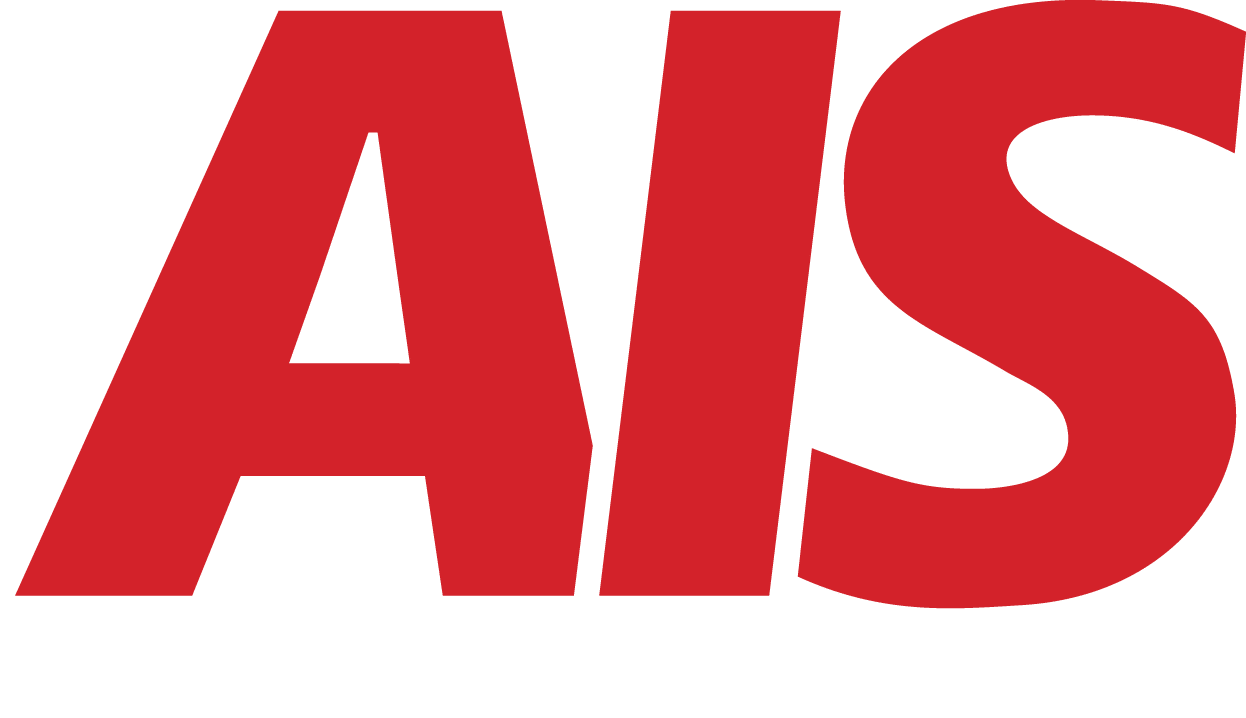Cloud vs On-Site Backup: Which Is Safer and More Cost-Effective?
July 15th, 2025 | 6 min. read

If your business lost all of its data tomorrow (such as customer records, financials, inventory, everything), how fast could you recover? More importantly, how confident are you that you could recover at all?
That’s the real-world scenario behind one of the most common questions we hear:
“Should we be backing up our data to the cloud, or keeping it on-site?”
It’s a smart question. But the answer depends on your specific needs, not just what’s trendy or cheapest.
So let’s unpack this for real. No jargon. No fear-mongering. Just an honest comparison to help you make the best choice for your business.
Why This Is a Critical Question for SMBs
Backup isn’t optional, it’s a survival tool!
Ransomware attacks are on the rise. Natural disasters aren’t getting gentler. Even well-meaning employees can accidentally delete files they shouldn’t.
Having a reliable, tested backup system is the difference between a minor hiccup and a full-blown crisis.
Yet many small and mid-sized businesses still don't have a solid strategy; they’re using a mix of manual file copying, half-working cloud tools, or backup drives that haven’t been checked in months.
That’s why this conversation matters more now than ever.
The Dilemma Most Business Owners Face
You’re probably hearing two opposing things:
- “The cloud is safer, faster, more modern.”
- “Keeping it in-house is more secure and cost-effective.”
So which is it? Let’s get into the details.
Understanding the Difference Between Cloud and On-Site Backup
What Is Cloud Backup?
Cloud backup stores your data off-site, usually with a third-party provider, using the internet.
- It runs in the background
- It encrypts your files
- It stores them across multiple servers in different geographic locations
- You can access it from anywhere with a connection
Think of it as renting a highly secure, temperature-controlled warehouse for your digital files.
What Is On-Site Backup?
On-site backup stores your data locally, on a hard drive, network-attached storage (NAS), or backup server in your office.
- No internet required to restore
- Usually faster for significant local recoveries
- You physically own and control the backup hardware
It’s like keeping a fireproof safe in your office, which is highly convenient, but only if the building doesn’t catch fire.
What About Hybrid Backup?
Hybrid backup uses both cloud and on-site solutions, giving you:
- Fast local restores for minor issues
- Secure off-site storage in case of theft, fire, or ransomware
For many businesses, this offers the best balance of safety, speed, and cost.
Security Showdown: Which Is Safer?
Cloud Backup Security Pros & Cons
Pros:
- Data is encrypted in transit and at rest
- Multiple layers of redundancy across geographic regions
- Protected from physical risks like fire, flood, or theft
Cons:
- You’re relying on your provider’s security practices
- Requires stable internet to upload and restore
- Potential compliance concerns if data is stored outside the country
On-Site Backup Security Pros & Cons
Pros:
- Complete physical control of where and how data is stored
- No dependency on the internet or third-party vendors
- Faster recovery times for large datasets
Cons:
- At risk from fire, theft, or natural disasters
- Vulnerable if not encrypted or physically secured
- Easily forgotten or neglected without monitoring
Common Mistakes That Weaken Security
Whether you go cloud or on-site, the most common backup failures we see include:
- Not encrypting data (especially on local drives)
- Weak or shared passwords on backup systems
- Not testing restores, so you don’t know if it actually works.
- No alert system if backups stop running
Cost Comparison: What Will You Pay?
Cloud Backup Costs
Cloud backup is typically subscription-based.
- You pay monthly or yearly based on:
- Amount of data
- Number of devices or users
- Frequency of backups or restorations
- Amount of data
- Entry-level services start around $10–$50/month, but business-grade solutions run $100–$500+/month
Hidden cost alert: Many providers charge egress fees, meaning you pay extra to download large amounts of data during a restore.
On-Site Backup Costs
On-site requires upfront investment in:
- Hardware (servers, NAS, external drives)
- Software licenses
- Possibly IT staff time to manage it
After the initial purchase, ongoing costs are minimal until the hardware reaches the end of its lifespan or fails. Most businesses upgrade every 3 to 5 years.
Hidden cost alert: If your staff forgets to check the system, or it fails without warning, recovery might not even be possible.
Real-World Scenarios: When Each Option Performs Better
When Cloud Backup Wins
- Remote workforces: Easy access from anywhere
- Frequent backups: Hourly or real-time protection
- Disaster recovery: Fire or flood can’t destroy your backups
- Regulatory compliance: Many cloud vendors meet standards such as HIPAA, SOC2, and ISO 27001.
When On-Site Backup Wins
- Large file sets: Faster recovery of huge files or databases
- Poor internet: Not enough bandwidth to upload to the cloud
- Total cost control: You pay once and own it
- Industry paranoia: Some businesses prefer physical ownership due to trade secrets
When You Need Both
This is where hybrid backup shines.
- Local = fast restores for everyday issues
- Cloud = safety net for major disasters
- You cover every angle and sleep better at night
How AIS Helps You Choose the Right Backup Solution
At AIS, we don’t force you into a one-size-fits-all model. We ask:
- What does your business do?
- How much downtime can you afford?
- How tech-savvy is your team?
- What are your compliance or legal obligations?
Then, we help you build a custom backup plan that might include:
- Daily monitored backups
- Hourly snapshots of critical files
- Local recovery plus encrypted cloud redundancy
- Monthly restore testing
Still Not Sure? Ask These Questions Before You Decide
- What would it cost if we were down for a full day?
- How often do we need to access past versions of files?
- Do we work from multiple locations or just one office?
- Can we survive a ransomware attack with our current setup?
- Are we required to follow HIPAA, CCPA, PCI, or other data regulations?
If you’re unsure, let’s talk. We’ll do a non-salesy review of your current setup and give honest feedback — whether you’re a client or not.
A true southerner from Atlanta, Georgia, Marissa has always had a strong passion for writing and storytelling. She moved out west in 2018 where she became an expert on all things business technology-related as the Content Producer at AIS. Coupled with her knowledge of SEO best practices, she's been integral in catapulting AIS to the digital forefront of the industry. In her free time, she enjoys sipping wine and hanging out with her rescue-dog, WIllow. Basically, she loves wine and dogs, but not whiny dogs.
Topics:



